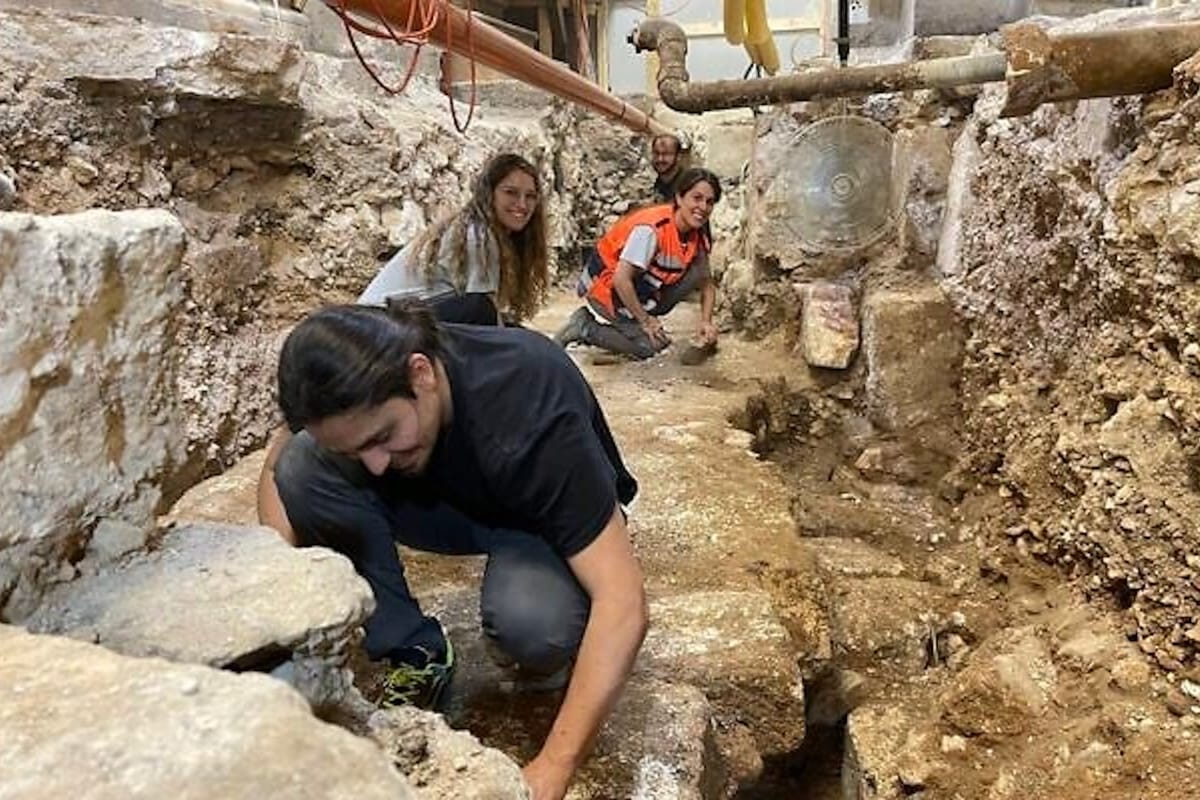

Discovery at the Church of the Holy Sepulchre
Archaeologists excavating beneath the Church of the Holy Sepulchre in Jerusalem have uncovered evidence of an ancient garden, featuring remnants of olive trees and grapevines dating back approximately 2,000 years. Located at the site traditionally identified as the location of Jesus Christ’s crucifixion and burial, this find includes seeds and pollen that substantiate the presence of cultivated plants during the period when Jesus is believed to have lived and died. The church, a focal point for Christian pilgrims since its establishment in the fourth century, sits atop what was once a quarry repurposed for agricultural use before becoming a sacred burial ground.
Historical Context of the Excavation
The excavation began in 2022 as part of a major restoration effort, the first significant undertaking at the site since the 19th century. Led by Francesca Stasolla, a professor from Sapienza University of Rome, the project required coordination among the Roman Catholic, Armenian, and Greek Orthodox communities, who jointly oversee the church, along with an excavation license from the Israel Antiquities Authority. The team discovered layers of history beneath the basilica’s floor, including artifacts from the Iron Age, such as pottery and oil lamps, indicating the area’s long-standing human activity before its Christian significance emerged.
Significance of the Botanical Evidence
The presence of olive trees and grapevines aligns with historical accounts describing the area as a garden near the site of the crucifixion. Stasolla emphasized the importance of the archaeobotanical findings, noting that the seeds and pollen provide tangible evidence of agricultural use in what was once an active quarry. She stated, 'We identified these cultivated fields,' highlighting how the site transitioned from a utilitarian space to one of profound religious importance. Ongoing radiocarbon testing aims to pinpoint the exact age of these plant remains, with preliminary estimates placing them around the early first century AD.
Artifacts Beyond the Garden
Beyond the botanical discoveries, the excavation has yielded a variety of artifacts shedding light on the site’s role as a pilgrimage destination. Items such as ceramics, metals, and glass objects reflect centuries of occupation and devotion, with some finds tracing back to the Iron Age. The church itself, constructed under Emperor Constantine in the fourth century, was built atop a tomb believed to be Jesus’s, a decision Stasolla suggests was deliberate to distinguish it from surrounding burials. These findings underscore the location’s transformation into a central hub of Christian worship, drawing millions of visitors annually to this day.
Ongoing Research and Future Insights
The excavation remains active, with researchers anticipating further revelations as they analyze the collected materials. Stasolla indicated that the study is far from complete, saying, 'The work is still in progress, and the study will reserve many surprises.' The team has also uncovered structural elements, such as low stone walls and a circular marble base beneath the shrine encasing the reputed tomb, offering additional clues about the site’s development. As testing continues, the discoveries promise to deepen understanding of Jerusalem’s historical and religious evolution, particularly its significance during the time of Jesus.
Dues are $12 per year. Member benefits:
✅ Ad-Free Website Viewing
✅ Advocacy for Republican Seniors
✅ 120+ Senior Discounts
✅ Member Only Newsletters